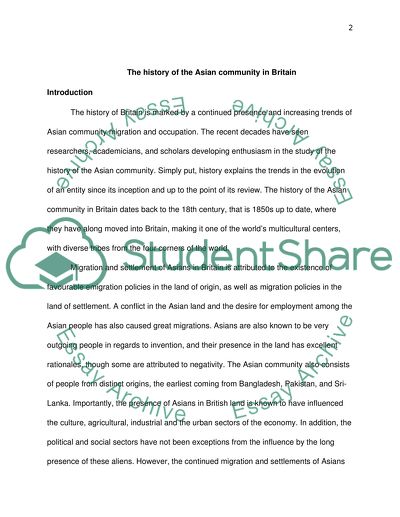Cite this document
(“The History of the Asian community in Britain Essay”, n.d.)
Retrieved from https://studentshare.org/environmental-studies/1416401-the-history-of-the-asian-community-in-britain
Retrieved from https://studentshare.org/environmental-studies/1416401-the-history-of-the-asian-community-in-britain
(The History of the Asian Community in Britain Essay)
https://studentshare.org/environmental-studies/1416401-the-history-of-the-asian-community-in-britain.
https://studentshare.org/environmental-studies/1416401-the-history-of-the-asian-community-in-britain.
“The History of the Asian Community in Britain Essay”, n.d. https://studentshare.org/environmental-studies/1416401-the-history-of-the-asian-community-in-britain.


